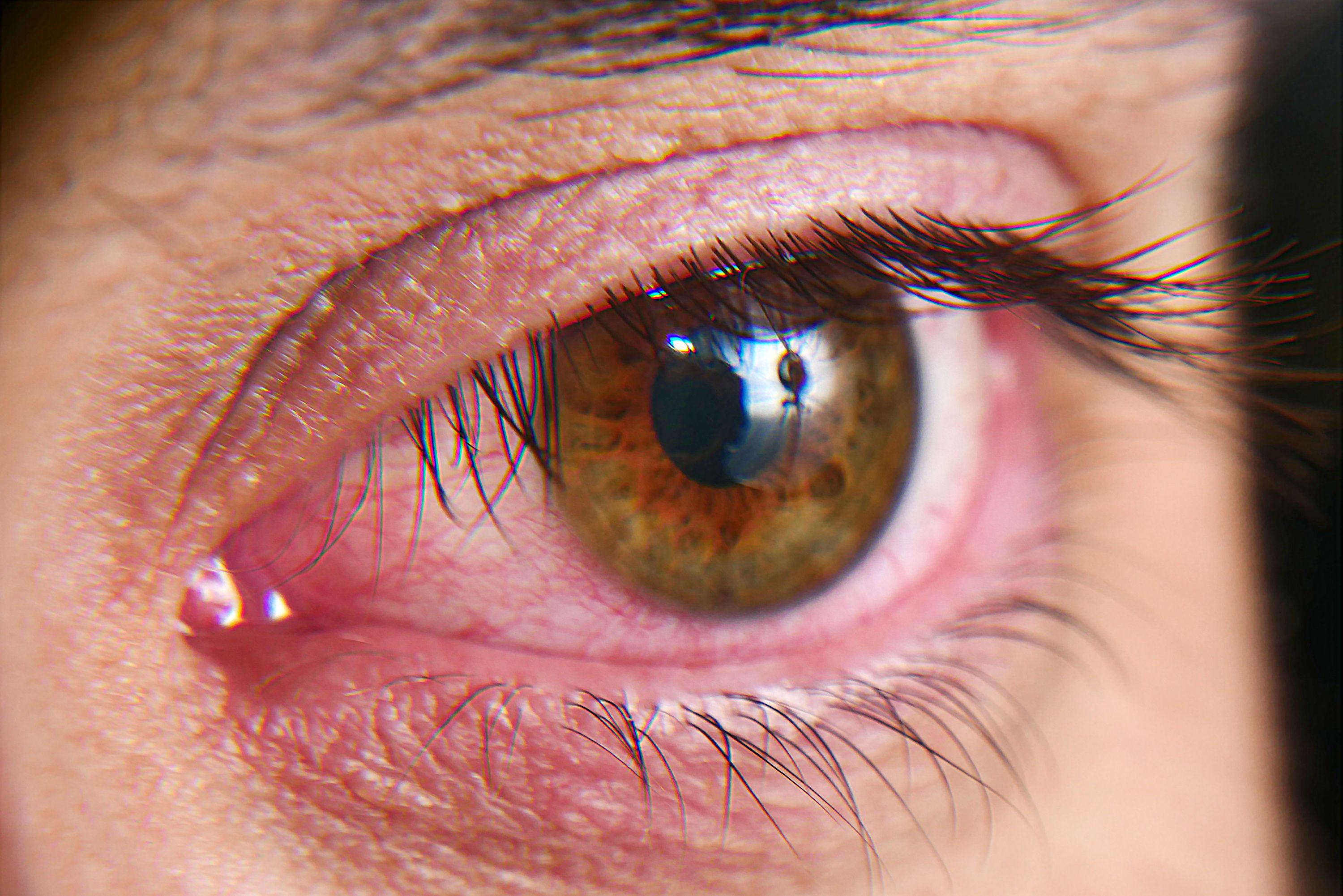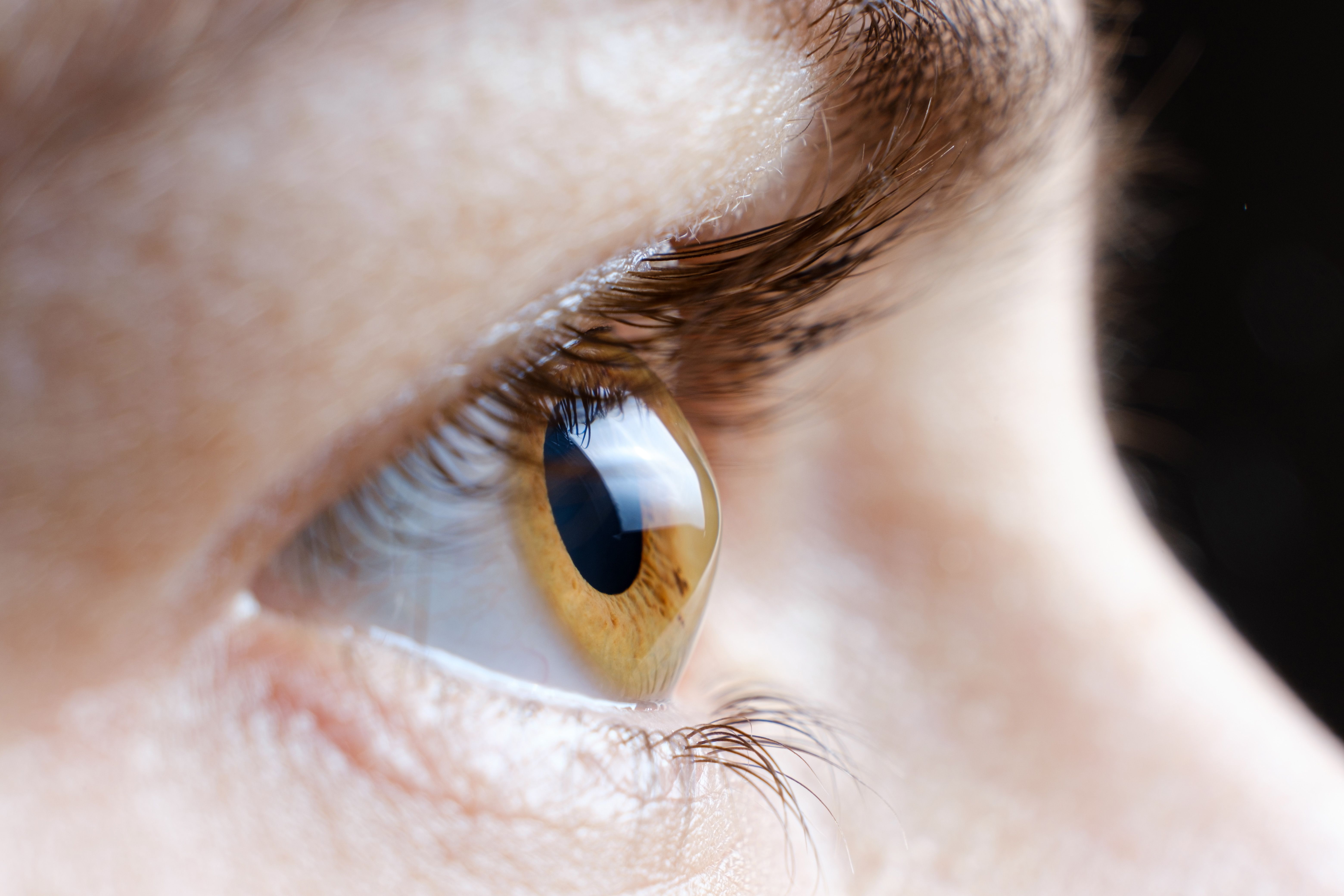News
Article
5 Things to Know During AMD Awareness Month
Author(s):
Key Takeaways
- AMD primarily affects central vision, complicating activities like reading and driving, but does not cause complete blindness.
- Wet AMD involves abnormal blood vessel growth, while dry AMD progresses through macular thinning, with both types having distinct symptoms.
Signs and symptoms of age-related macular degeneration (AMD) are important to spot to prevent further deterioration of sight.
February is Age-Related Macular Degeneration (AMD) Awareness Month, spotlighting 1 of the leading causes of blindness in the United States. Increasing education on the condition can help to identify and treat AMD in its early stages, preventing further exacerbations that could impair vision permanently. Here are 5 things that all should know about AMD during its awareness month.
AMD affects the central vision of those with the condition
Blurring of central vision is the primary adverse symptom related to AMD. Damage to the macula due to aging is the source of the blurring, as the macula can control sharp vision that is at the center of the adult’s vision. AMD is the leading cause of vision loss in adults. AMD can make reading, driving, seeing faces, and performing close-up work more difficult but does not cause complete blindness.
As its name suggests, AMD is primarily diagnosed in those aged 55 years and older and affects approximately 11 million people in the United States alone. People with a family history of AMD, smoking, and/or are Caucasian have a higher risk of AMD compared with others.
AMD can manifest as 2 different types with different symptoms
AMD can either be wet or dry AMD, commonly referred to as advanced neovascular AMD or atrophic AMD, respectively. Advanced neovascular AMD is characterized through its incidence of abnormal blood vessels growing in the back of the eye and damaging the macular. Advanced neovascular AMD is referred to as a late-stage form of AMD, which all atrophic AMD has the potential of becoming.
Atrophic AMD can present in 3 stages of early, intermediate, and late. The thinning of the macula as a patient gets older is the main symptom of the condition. This type of AMD progresses slower and treatment for late atrophic AMD only recently gained treatment options.
Age-related macular degeneration is a leading cause of blindness and primarily affects older adults | Image credit: Home-stock - stock.adobe.com

There are few signs and symptoms of AMD
Due to limited treatment options, catching AMD early is the best way to slow the progression of vision loss. However, AMD is known for having few symptoms in the early stages. Early dry AMD has no symptoms at all. Patients with intermediate dry AMD may have mild blurriness in their central vision or issues seeing in low lighting.
The most common sign of late AMD for either the dry or wet type is straight lines looking wavy, which should prompt immediate medical attention. Other signs of late AMD include blurry areas near the center of your vision, blank spots in your vision, trouble seeing in low lighting, and colors appearing less bright than before.
Treatment for AMD has been the same for several years
There are not many ways to treat AMD, with the most consistent methods of treatment being anti-vascular endothelial growth factor (anti-VEGF) injections for patients with wet AMD and antioxidant vitamins for patients with dry AMD. Anti-VEGF treatments were first introduced in 2005 and include injections of aflibercept, ranibizumab, faricimab, and bevacizumab. The injections, when taken monthly, can help to maintain the vision of patients with wet AMD, though adherence is low due to older adults not being able to maintain the monthly schedule. Higher doses of the anti-VEGF injections are currently being studied to test if duration between injections can be increased without loss of efficacy.
Dry AMD is primarily treated through antioxidant vitamins that can help reduce the risk of vision loss. Breakthroughs in treatment options have occurred recently but should only be sought out by patients with special considerations. The FDA recently approved pegcetacoplan and avacincaptad pegol as drugs that target the complement cascade, a part of the immune system identified as a primary cause of AMD. These drugs do not improve vision but can slow development of geographic atrophy by 20%. The ability of stem cells to replace vision cells in people with dry AMD is also currently under investigation.
Screening is the best method for catching and treating AMD
Because of the lack of symptoms until later stages of the condition, patients should visit their eye doctor annually to confirm the health of their vision and eyes. Eye doctors can check for AMD through the use of optical coherence tomography or a dilated eye exam. The dilated eye exam involves the eye doctor administering eye drops to dilate the pupil, which allows for the doctor to check for both AMD and other eye problems. Optical coherence tomography allows the doctor to take pictures of the inside of the eye, which can help identify any issues with the macula.
If an individual suspects that they have AMD, swift confirmation from the eye doctor can help to maintain their vision and prevent worsening vision through the usage of effective treatments.
References
- Age-related macular degeneration. National Eye Institute. Updated June 22, 2021. Accessed January 31, 2025. https://www.nei.nih.gov/learn-about-eye-health/eye-conditions-and-diseases/age-related-macular-degeneration
- Medeiros S, Mukamal R. New treatments for age-related macular degeneration. American Academy of Ophthalmology. May 23, 2024. Accessed January 31, 2025. https://www.aao.org/eye-health/tips-prevention/promising-new-treatments-amd





